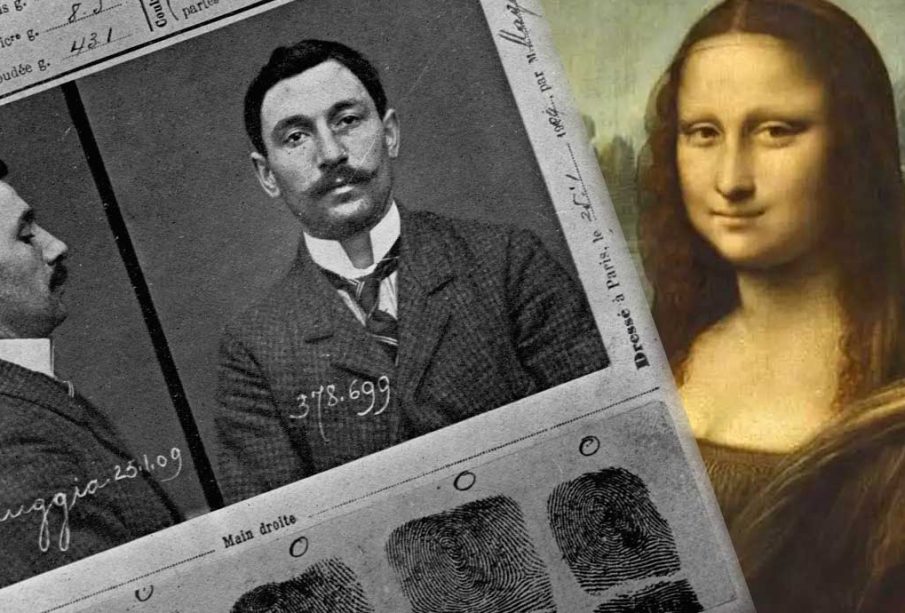The Stolen Mona Lisa: An Iconic Art Heist

Introduction
The Mona Lisa, painted by Leonardo da Vinci in the early 16th century, is considered a masterwork of the Italian Renaissance. Its fame is not solely due to its exquisite artistry but also to its dramatic history, particularly regarding its theft in 1911. This event captivated the world and raised questions about art security and the value placed on cultural heritage.
The Theft of the Mona Lisa
On August 21, 1911, the illustrious Mona Lisa was stolen from the Louvre Museum in Paris by an Italian handyman named Vincenzo Peruggia. Believing that the painting belonged in Italy, Peruggia hid the artwork in his apartment for over two years. His determination to return the painting to its homeland was motivated by a sense of patriotism, spurred by the belief that Napoleon had wrongfully taken it from Italy.
Following the theft, the art world was thrown into chaos. The Mona Lisa was one of the Louvre’s most prized possessions, and its disappearance generated a media frenzy, leading to international headlines and rampant speculation about the painting’s whereabouts.
Discovery and Impact
The Mona Lisa was finally recovered in December 1913 when Peruggia attempted to sell it to an art dealer in Florence, Italy. Authorities were tipped off, leading to his arrest and the painting’s return to France. Its recovery was met with widespread relief and celebration, significantly boosting the painting’s fame and mystique.
The theft of the Mona Lisa also raised awareness about the security of art in museums, prompting institutions worldwide to reconsider how they protected their collections. This incident not only influenced art theft protocols but also transformed the Mona Lisa into a cultural icon, symbolising the fragility and impermanence of artistic heritage.
Conclusion
The infamous theft of the Mona Lisa remains a pivotal moment in art history, illustrating how a single act can alter public perception and appreciation of art. As it stands today, the Mona Lisa is not only a significant piece of art but also a critical part of France’s cultural identity. Art institutions continue to learn from this historical incident, enhancing security measures to prevent similar occurrences in the future. For admirers of art and history alike, the story of the stolen Mona Lisa serves as a reminder of the fragility and value of our shared cultural treasures.








